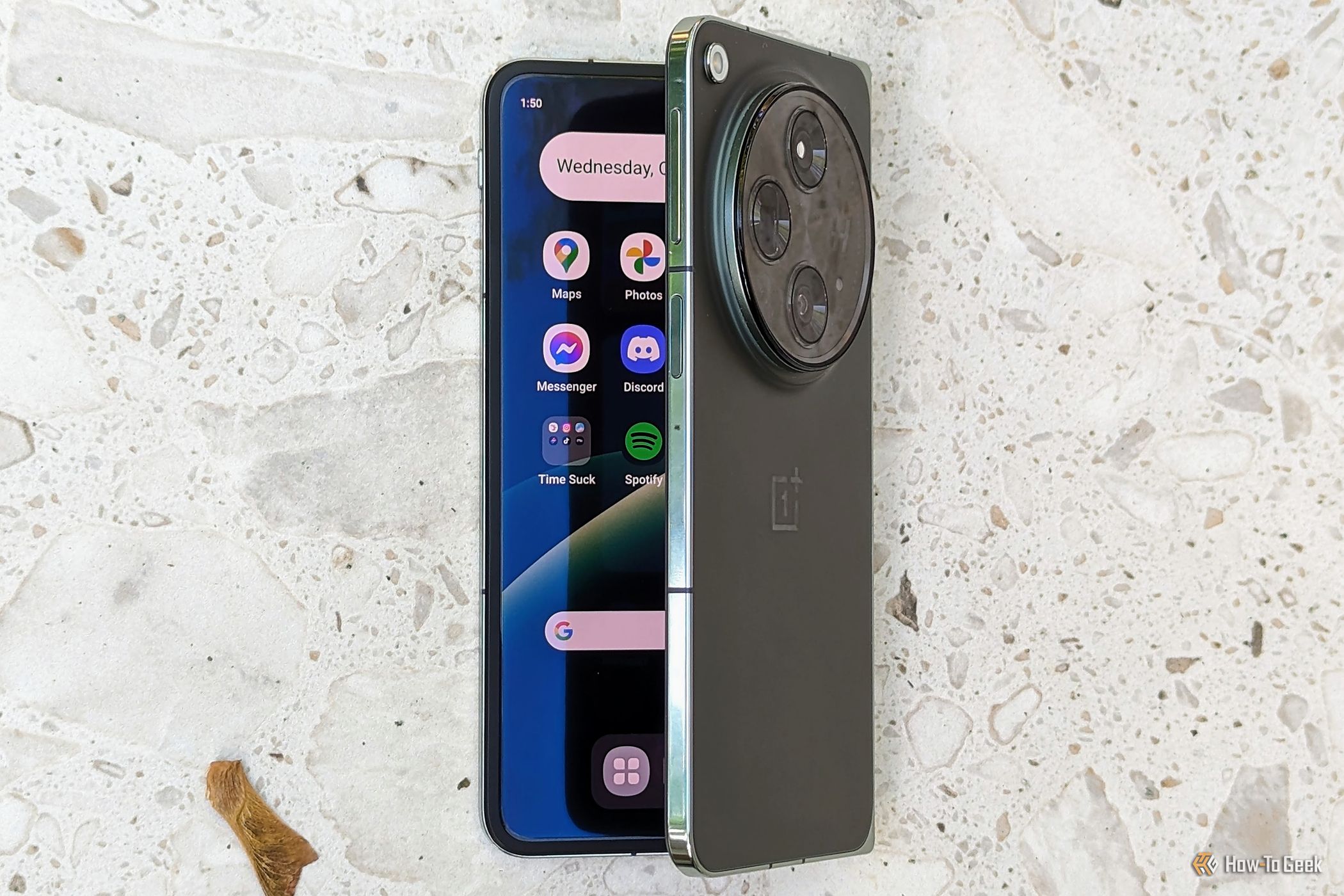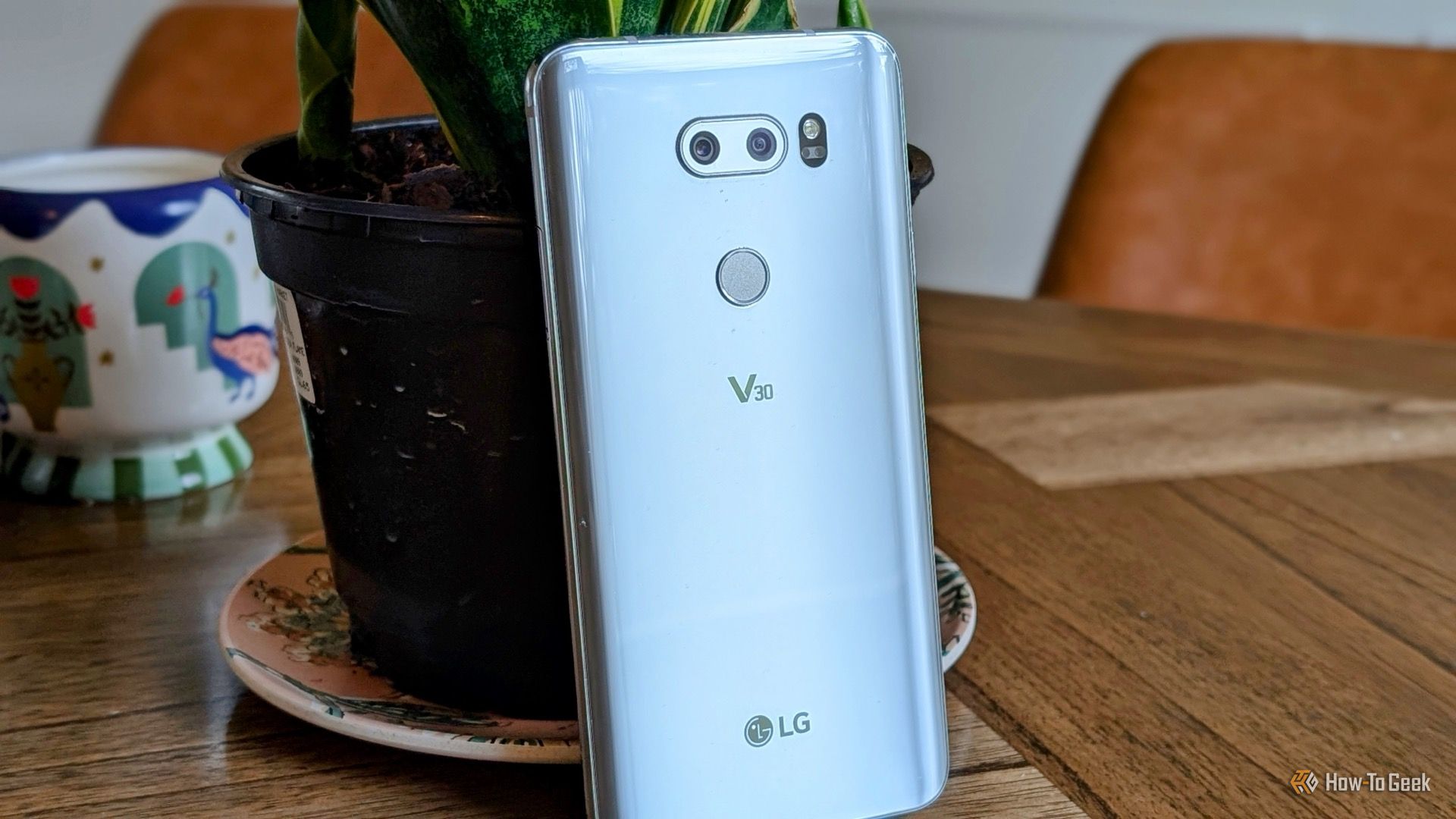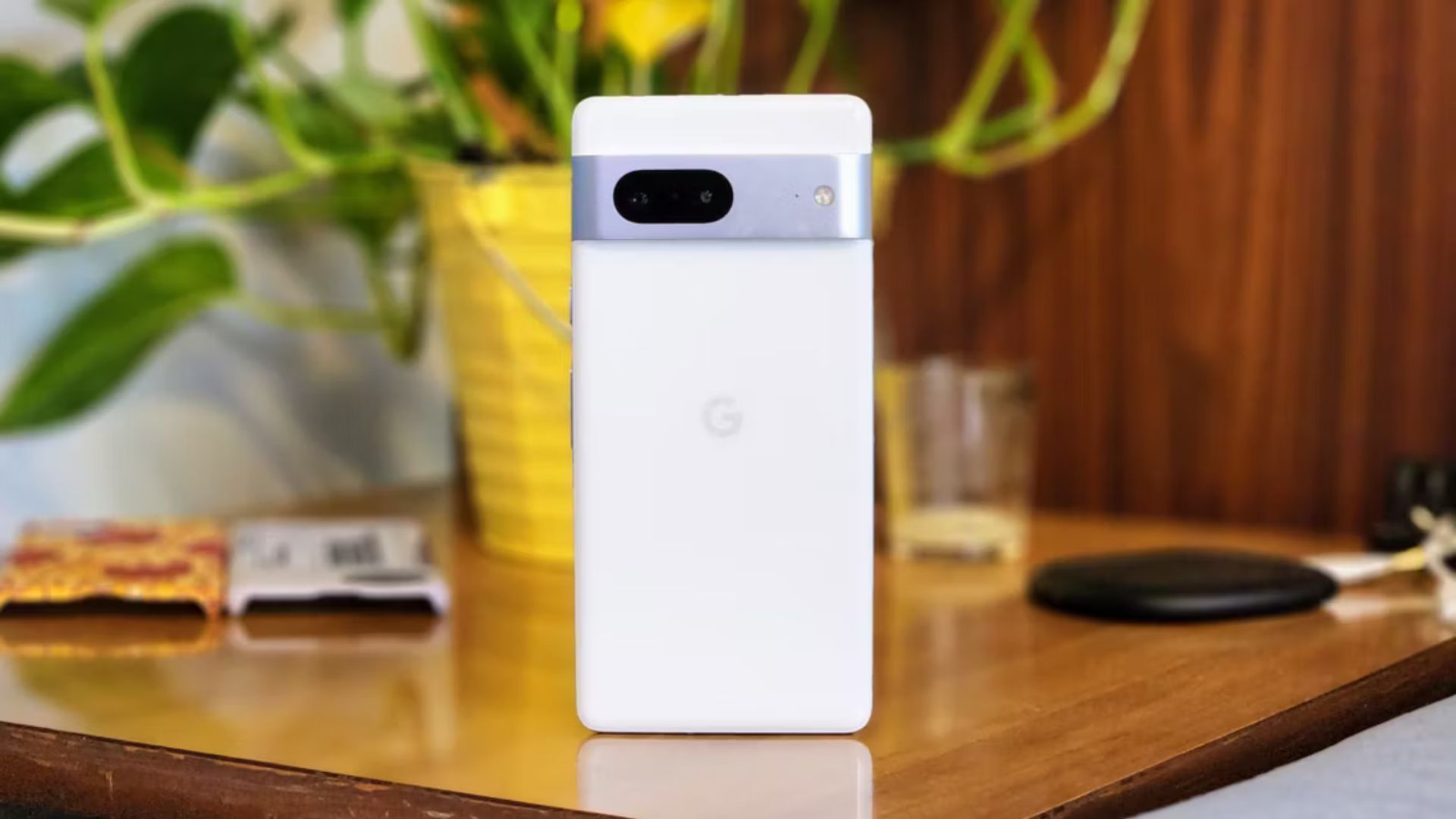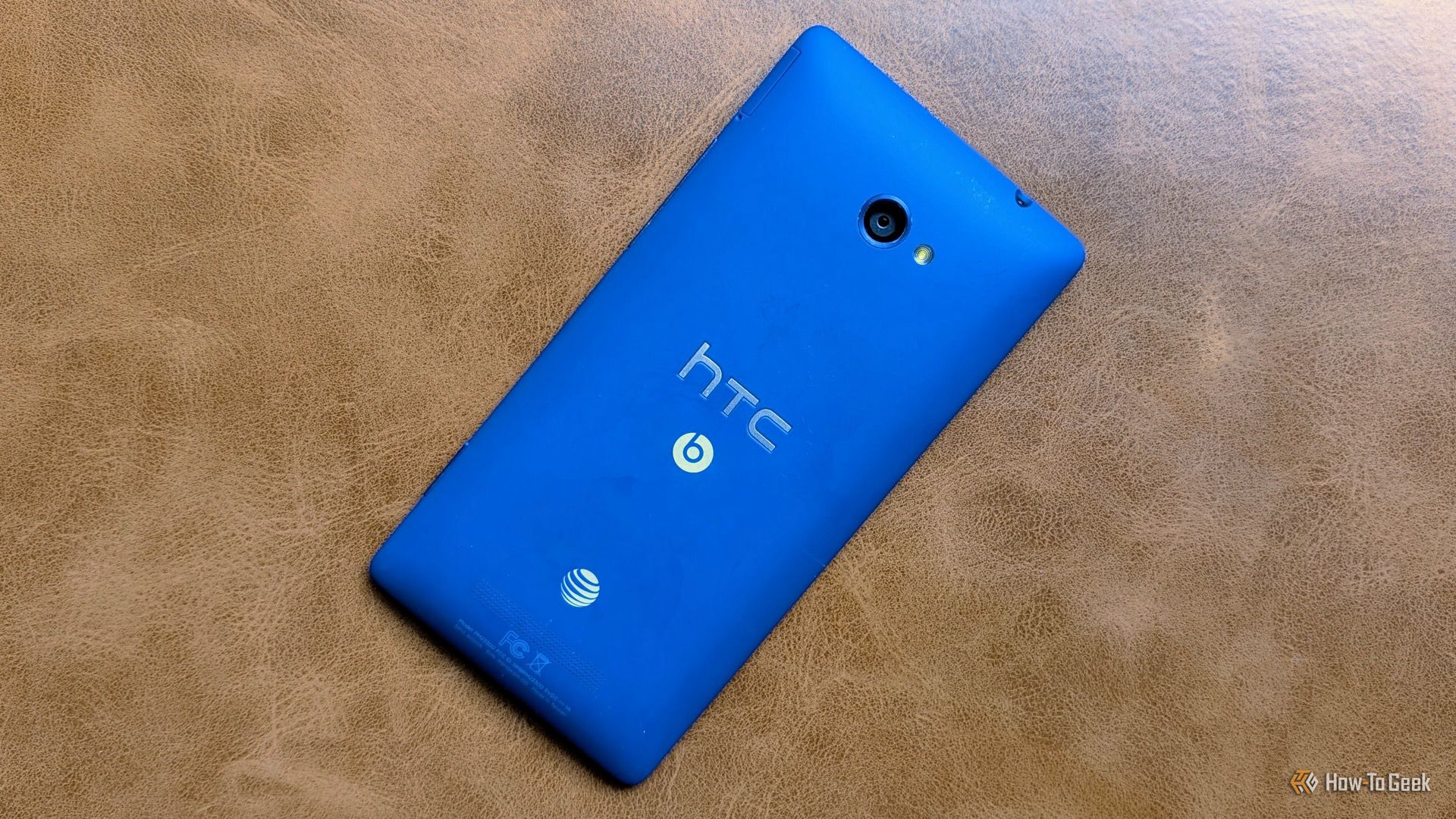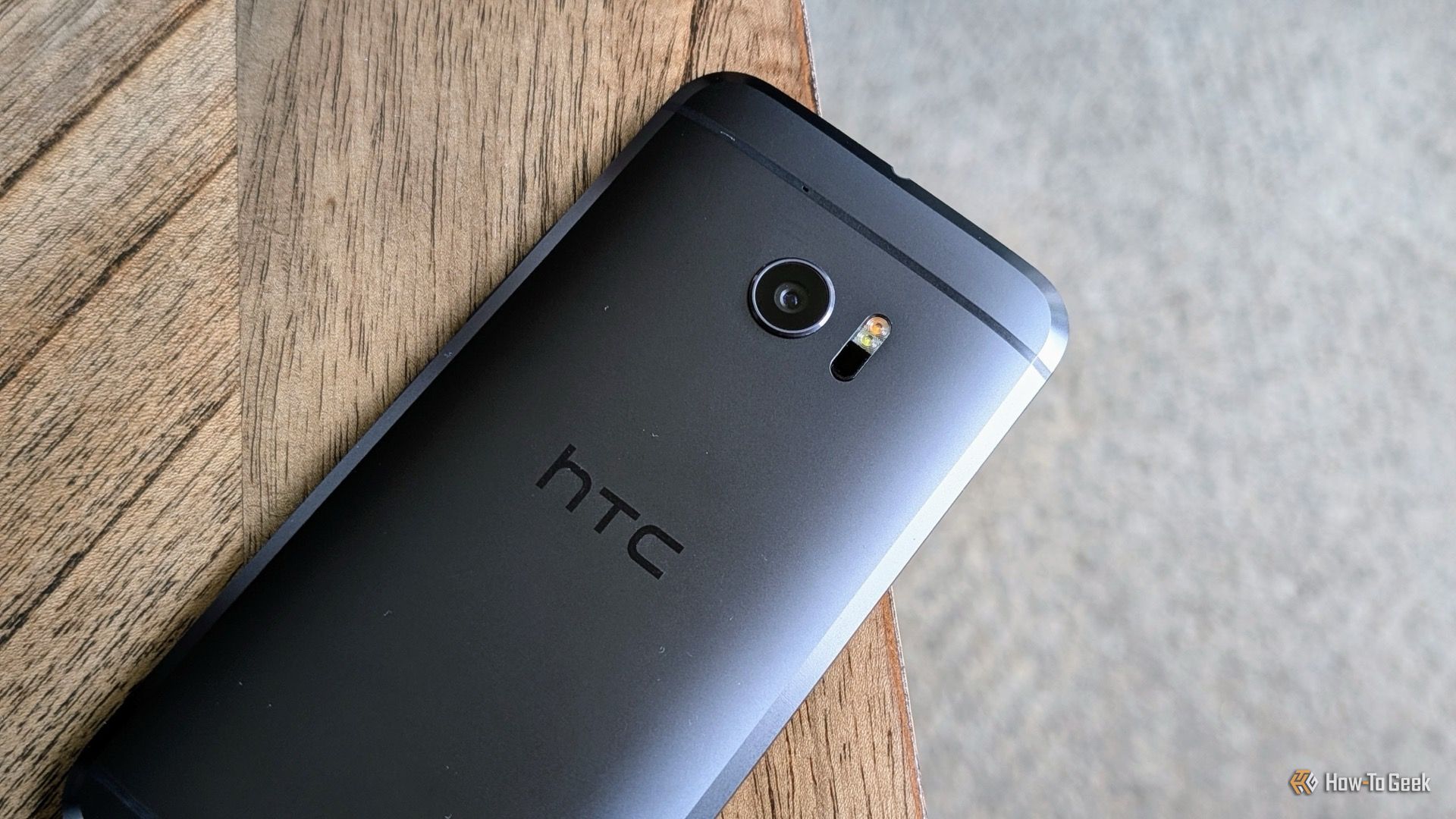Here’s something phone reviewers never tell you: we play favorites. I’ve reviewed dozens of the best smartphones over the last 13 years, but only a few were truly memorable. Here are five phones I couldn’t put down after my reviews were published.
The very first phone I recviewed was the HTC Titan II all the way back in May 2012. Since then, I’ve penned my name on reviews for a grand total of 37 phones–the most recent being the Samsung Galaxy S25. Some phones I couldn’t pull my SIM out of fast enough, but others I never wanted to return.
5
OnePlus Open
I reviewed the OnePlus Open in October 2023, and it was the first time I had used a book-style foldable. Honestly, it kinda blew me away. After I finished my review, I continued to use the phone and wrote an editorial titled “I Was Wrong About Book-Style Foldable Phones.”
My assumption was that book-style foldable phones would be too bulky, but then OnePlus made one that was very reasonably sized. It felt like any other phone when folded in my pocket. I was impressed with the build quality and OnePlus’ software tweaks for the big screen experience. If only the phone had wireless charging I would have given it a 9/10.
4
LG V30
Remember when LG made phones? I sure do. In my 15 years of reviewing phones, I tested 10 of them. My absolute favorite from the bunch, however, was the LG V30 in October 2017.
LG was trying a lot of weird stuff during this time: modular accessories, curved displays, small secondary screens, etc. Some of it was cool, but most of it was trying too hard. The LG V30 ditched all of it for a clean and polished design along with excellent performance. I loved it and used it as my daily phone for a long time.
3
Google Pixel 7
There was one series of phones I was dying to review when I first started out as a writer: the Google Pixel. Finally, in October 2022, I had the opportunity to review the Pixel 7 right here on How-To Geek, and I loved it.
Having previously owned the Pixel 3 and Pixel 5, it felt like the Pixel series was maturing. The Pixel 7 didn’t have the slightly unpolished “enthusiast phone” feel like it’s predeccessors. The biggest stamp of approval I can give any phone is putting my own money down to buy it myself when I have to send the review unit back, and that’s exactly what I did with the Pixel 7.
2
HTC Windows Phone 8X
Now it’s time to take a trip in the Wayback Machine. Literally, I had to use archive.org to find this review because the website isn’t online anymore. In November 2012 I reviewed my favorite Windows Phone of all time: the HTC 8X.
I absolutely love the design of this phone. The blue color is bright and fun, the rounded edges and sharp corners are super unique, and the soft-touch feel of the polycarbonate back is great. HTC essentially designed a phone that looked like a Windows Phone Live Tile. Unsurprisingly, the Windows Phone OS looked incredible on it. I would still gladly use this phone today with modern internals.
1
HTC 10
My history with HTC goes all the way back to the beginning, with my very first smartphone, the HTC Droid Eris. I always had a soft spot for the company, but I missed a few of its biggest hits in the early 2010s. Then, in 2016, I was sent to New York City to cover the launch event for the HTC 10, and I fell in love.
The HTC 10 launched during the same gimmick-filled era of phones as the LG V30. For the most part, HTC didn’t take part in that trend. The HTC One M8 and One M9 flaunted simple, industrial designs. Yet, the HTC 10 someone managed to simplify the design even more.
The all-metal build with a heavy chamfer around the backside edges felt solid and substantial in my hands, and I loved how it wasn’t too big. It had a super fast recessed fingerprint scanner/capactive button on the front. HTC Sense had come a long way at this point, too. Long gone were the heavy gradients and skeumorphism that had fallen out of fashion.
In the months following the day I got the HTC 10, I would recieve the LG G5, Samsung Gaalxy S7 Active, Samsung Galaxy Note 7, LG V20, and LG G6. None of them pulled me away from the HTC 10 as my daily driver. It wasn’t until the aforementioned LG V30 came across my desk that I was persuaded to put it down.
For those curious (and because I spent a considerable amount of time tracking these all down) here’s the full list of phones I’ve reviewed in chronological order.
|
|
|


